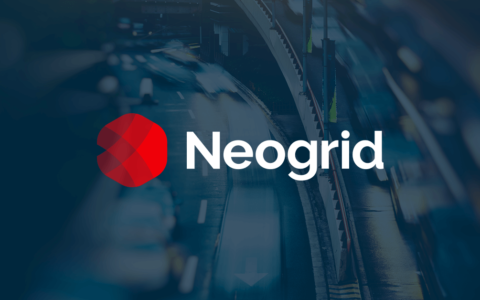
As the digital revolution gets into full gear, traditional in-house inventory is becoming less and less desirable. This has been the case especially since the inception of vendor managed inventory systems (VMIs).
As the name implies, a VMI system is inventory that is managed by the vendor (supplier). While there is a lot more to it than this, basically, it means that the supplier determines when to replenish and how much to replenish.
It’s nothing complicated really; neither is it new. Even back in the day, “bread guys” would show up at the restaurants they supplied, check the inventory of the restaurant (probably look at how many buns and breads were still in stock and how fresh they were), and then replenish the stock as necessary. And, in larger businesses, shipping cartons, office supplies, and cleaning/maintenance supplies have for a long time been managed by the vendor.
The only thing that has changed is technology! With sophisticated digital communication devices, the “bread guy” doesn’t have to show up at clients’ restaurants anymore. Instead, the clients send him the necessary information periodically using digital means. Then, he responds by replenishing each client’s stock as necessary.
Advantages
As a supplier, offering inventory management to your clients gives you an obvious advantage. First, a VMI arrangement relieves retailers of the burden of managing the inventory. And they are really excited by this. In fact, according to a recent report by Datalliance, suppliers with VMI can expect to significantly increase their share of clients over the next two years.
(Learn more about NeoGrid’s VMI Solutions and how we can help you optimize your order and logistics processes.)
Secondly, out-of-stock incidences are one of the biggest challenges for any supplier, oftentimes necessitating high safety stock levels. With a VMI system in place, it is possible to reduce lost sales due to stock-outs, minimize safety stock levels owing to greater control over shipments, and prevent excess and obsolete inventory arising from customer errors.
Third, thanks to vendor managed inventory systems, retailers are more likely to have a single vendor supplying all products within a certain category rather than having multiple vendors within a group. Why? Because the resulting collaboration would boost retailers’ trust in you and strengthen your relationship.
In a nutshell, just two years after adopting VMI, suppliers see a 24 percent average increase in sales, reduce their stock-outs by an average 31 percent, and improve customer service by over 54 percent. These are just some of the benefits you would enjoy by shifting to VMI.
Download our retail supply chain collaboration white paper to learn the seven most important criteria in selecting a new supply chain platform.





